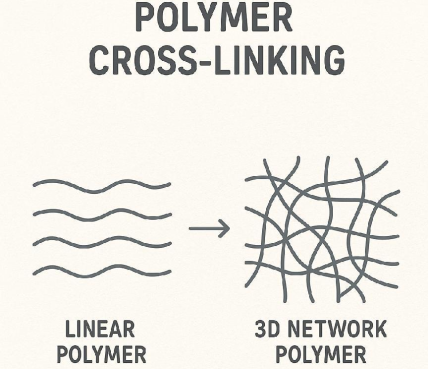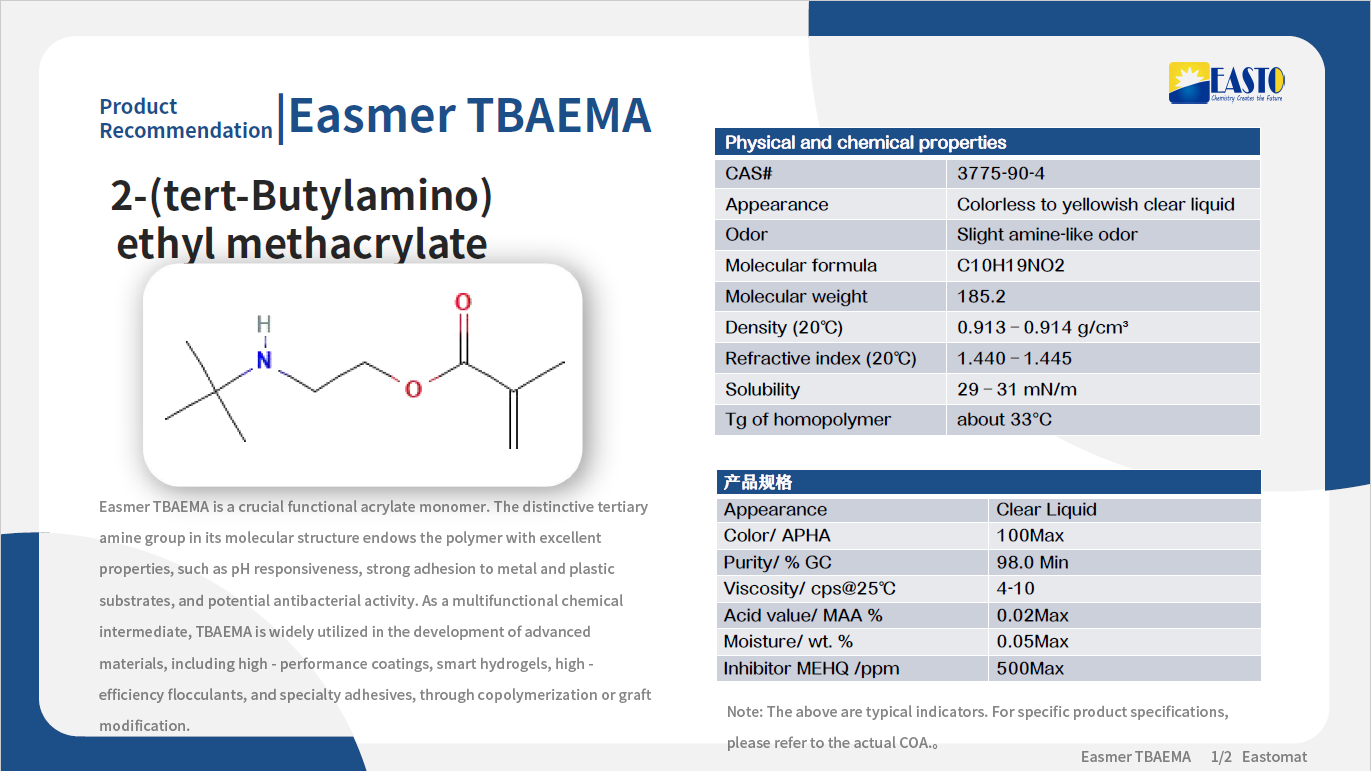What is "Cross-linking"?
Release time:
2025-07-15
In the fields of polymer materials, coatings, adhesives, and even medical materials, you may often hear the term "cross-linking." So, what exactly is "cross-linking"? And why is it so important?
A one-sentence explanation of cross-linking:
Cross-linking is the process by which "bridges" are formed between polymer chains, connecting the originally independent linear chains into a stable three-dimensional network structure.
From "Spaghetti" to "Lasagna": Understand it in seconds with a picture!

[Figure 1] Schematic diagram of Linear Polymer vs. Cross-linked Polymer structure
Imagine a bowl of cooked spaghetti – the noodles are separate, much like uncross-linked polymer chains, soft but easily deformable. But if you "stick" these noodles together with cheese and sauce and bake them into a lasagna, the structure becomes firm and strong; this is the effect of cross-linking.
Why Cross-link?
Before Cross-linking | After Cross-linking |
Soft, elastic but easily swellable | Stable structure, enhanced strength, not easily dissolved |
Easily deforms with heat | Improved heat resistance |
Solvents easily penetrate | Enhanced barrier properties |
Thermoplastic processing possible | Usually becomes a thermosetting material |
Summary: Cross-linking = A key step to enhance performance.
What are the methods of cross-linking?
1️⃣ Chemical Cross-linking (Irreversible)
Connects through covalent bonds, forming a strong network structure. Commonly found in:
Thermosetting resins
UV/EB curing systems
Adhesive curing processes
Characteristics: Stable, irreversible, once cured cannot be melted again.
2️⃣ Physical Cross-linking (Reversible)
Relies on non-covalent interactions such as hydrogen bonds, Van der Waals forces, and ionic bonds for connection. Commonly found in:
Gels
Thermoplastic elastomers
Characteristics: Reversible, flexible, can be hot-melted and reshaped.
Typical Application Scenarios for Cross-linking
Application Field | Benefits of Cross-linking |
UV Curing Coatings | Rapid curing, scratch resistance, insoluble |
Adhesives | Strong adhesion after curing, resistant to high temperatures |
Medical Hydrogels | Strong water retention, controllable degradation |
Tire Rubber | Strength and elasticity coexist, wear-resistant |
Super Absorbent Resins | Network structure determines water absorption and release performance |
Extended Knowledge: What is Cross-linking Density?
More cross-linking isn't always better. Cross-linking density refers to the number of cross-linking points per unit volume:
Too low density → Material too soft, unstable
Too high density → Too brittle, loses flexibility
Therefore, the appropriate degree of cross-linking needs to be "adjusted" for different industries and functional requirements.
✅ One-sentence summary:
"Cross-linking is like building a skeleton for polymer materials, transforming them from 'flimsy' to 'standing tall and firm'." It determines the material's "hardness, elasticity, durability, and stability," and is a crucial step for material performance leap.
Next Page
Latest News
Get a Free Consultancy
NANTONG EASTO MATERIALS TECHNOLOGY CO.,LTD.

No.118,Zhujiang Rd.,Juegang St.,Rudong County,
Nantong City,Jiangsu Province,226400,China




 2025-07-16
2025-07-16






